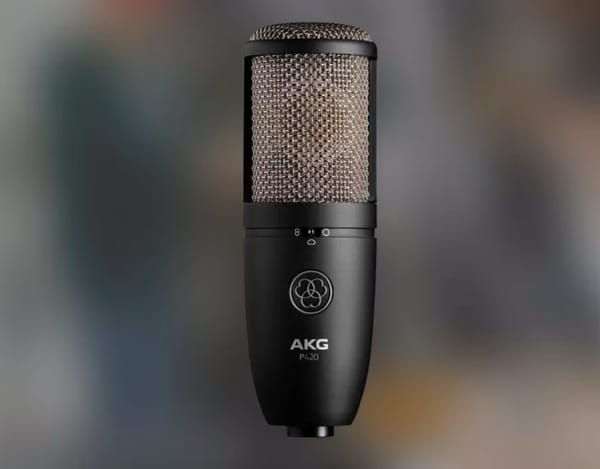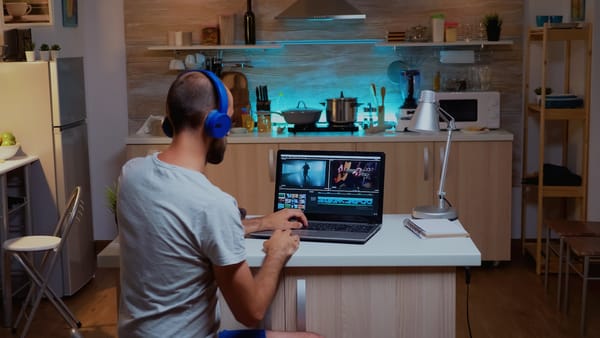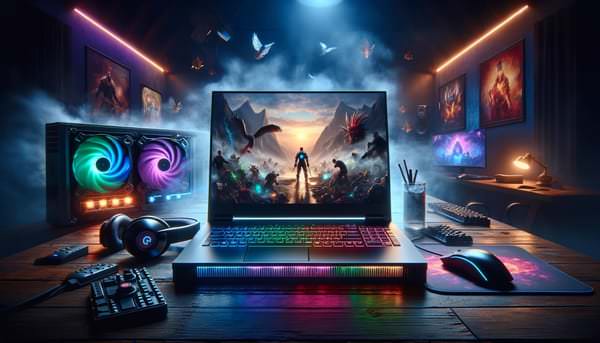Integrated vs Dedicated Graphics Cards: Which is Right for You

Whether you are a diehard gamer or not, you will probably want to know if you should get a PC with a dedicated (or discrete) graphics card. Let’s elaborate on the reasons why you should and why you shouldn’t.
What's the difference?
The graphics card is one of the most important parts of your computer. After all, its job is to display graphics to the screen. If you're wondering how this would work without one, be assured because many processors have integrated graphics, or a small graphics card built into the CPU. However, this will not be as powerful as some of the high-end or even mid-range dedicated graphics cards like the GTX or RTX series from NVIDIA or the Radeon RX series from AMD. Another major difference is that dedicated graphics cards have RAM built in, or VRAM. This is better than integrated graphics, which shares system memory. However, discrete graphics cards use more power than their integrated counterparts and are more expensive.
Which is better for gaming?
If you're a gamer, then a dedicated graphics card will definitely be the right option. I've used a 2015 MacBook Pro with integrated graphics, a 2020 M1 MacBook Pro (also integrated graphics), and currently the MSI Katana GF66 with an NVIDIA 3060. The 3060 completely demolishes the M1 in gaming performance. I mean, just look at the specs. To be clear, the 3060 has 3840 CUDA cores and the M1 has a pitiful... eight. Another thing to consider was this benchmark between the M1 Pro integrated GPU versus the RTX 3060:


Another thing to consider is ray tracing and DLSS. For many people playing online games or esports titles, ray tracing might not matter, but DLSS is a game-changer either way.
What is DLSS?
DLSS (Deep Learning Super Sampling) is a feature invented by NVIDIA, so it won't appear on Radeon graphics cards. It uses smaller-resolution textures in a video game, but then scales them up using machine learning and AI to produce almost the same quality but much better performance. This is important to esports players, allowing them to squeeze much more FPS out of their machines.
What is Ray Tracing?
Ray tracing is a way to create very realistic lighting on a computer. It simulates rays of light and how they bounce off different objects. The effects of ray tracing can be seen in these screenshots from Minecraft Bedrock Edition:


As you can see, the ray-traced image looks much better than the one without ray tracing enabled. However, using ray tracing in a video game takes a big hit on performance. More info on ray tracing can be found here.
Which is better for coding?
For coding, the CPU is more important than the GPU. So, if you don't do anything that requires heavy GPU usage, you would be able to code easily without a dedicated GPU (and get the benefit of less power usage). The CPU usually has 8 larger cores, and a GPU has thousands of smaller cores. When you code, the complicated scripts are processed by the CPU, but when you use a 3D software, the less complicated math to draw lines and vectors is done by the GPU.
What about retro gaming?
If you're into retro gaming or emulating retro games, you don't need a very powerful GPU, as older 2D or even 3D video games aren't very graphically intensive. At best, you're only going to use 2D images, at worst, you're going to get less complicated geometry on the screen, but that's not going to need a lot of horsepower. The same goes for modern 2D or even some 3D games like Minecraft, they don't require a lot of GPU horsepower and can be played on integrated GPUs, however for Minecraft, you're going to have to turn down some settings to get good FPS. The opposite might be true for dedicated GPUs because on my PC I have to limit my FPS to 250, or it would crash the game.
Should I get an older GPU instead of dedicated graphics?
Unless the older GPU you have in mind is complete trash or something ancient (like a GTX 650), you should use a dedicated graphics card. Even the venerable GTX 980 WHUPS THE SNOT out of the 2020 Iris XE graphics.
Can you use integrated and dedicated graphics together?
Usually, dedicated and integrated graphics cards can't work together on the same task. This is because the much faster dedicated graphics will get bottlenecked by the slower integrated graphics. However, if you're running two tasks (eg. a video game on one monitor and a web browser in the other) the integrated graphics and the dedicated graphics will work at the same time, but on different tasks.
What about VRAM?
If you get a dedicated graphics card in your PC, it will have VRAM. VRAM is a type of random access memory which is right next to the graphics card. This means it is extremely fast because the shorter the cable is, the less time it takes for the current to travel from one place to another. VRAM is packed very close to the GPU, which means the current from the VRAM will get to the GPU in no time.


So, if you have 16 gigabytes of RAM and 6 gigabytes of VRAM, you will have a total of 22 gigabytes of RAM in all. However, the VRAM is only used by your system if your RAM is already full or if you're playing a video game that requires a minimum amount of VRAM, like F1 2020 or Doom Eternal.
How to Increase Your GPU Performance
If your GPU is running badly, here are some tips on how to increase its performance:
1. Update your GPU drivers: Make sure you have the latest version of your GPU drivers installed, as this can help improve performance and fix any bugs or incompatibilities.
2. Overclock your GPU: Overclocking your GPU can help increase its performance, but it's important to do it safely and responsibly. Make sure you research how to properly overclock before attempting it.
3. Increase power and cooling: If your GPU is running hot, make sure you have adequate cooling for the card and increase the power limit on the card if possible. This will help keep temperatures down and improve performance.
4. Lower graphics settings: Lowering graphics settings in games can help increase performance by reducing strain on the GPU, so try playing around with different settings until you find a good balance between visuals and performance.
5. Monitor temperature and usage: Make sure you monitor your GPU’s temperature and usage while gaming to ensure it isn't running too hot or being overworked. If either of these are happening, take steps to reduce the strain on your GPU or look into better cooling solutions if necessary.
If none of these options work, then it might be time to say goodbye to your old graphics card and get a new one. A good option might be a last-gen NVIDIA 30 series card or even a 20-series
What does dedicated graphics mean
Dedicated graphics is a term used to refer to computer hardware designed specifically for powering intensive graphics tasks. This type of hardware is more powerful than most integrated graphics and allows for faster rendering speeds when running computationally intensive applications.
For those who game or run video editing software, dedicated graphics are the ultimate choice as they are capable of producing the best visuals and performance. Dedicated graphics cards also have their own dedicated memory, so they don’t have to rely on the system RAM as much. This allows you to run demanding programs without slowing down your whole system.

If you're looking for an upgrade, then getting a dedicated graphics card can be a great way to improve your gaming experience or allow you to work on advanced projects like 3D modeling or animation. No matter what kind of PC user you are, having a separate processor just for graphics can make all the difference!
Conclusion
If you are a gamer or using intensive graphics, it is best to get a dedicated graphics card. Dedicated GPUs have their own RAM, or VRAM, and are usually much faster than integrated GPUs. You should also monitor GPU temperature, lower graphics settings, increase power and cooling, overclock your GPU, and update your GPU drivers to maximize performance.





